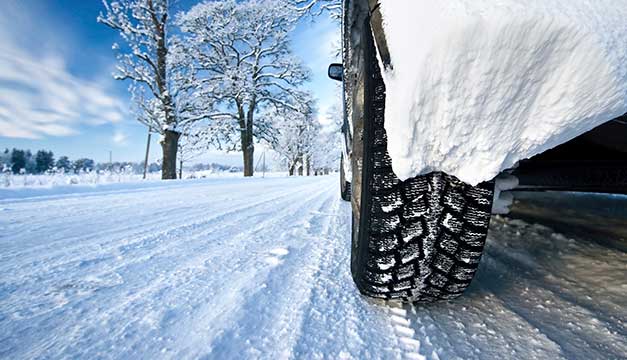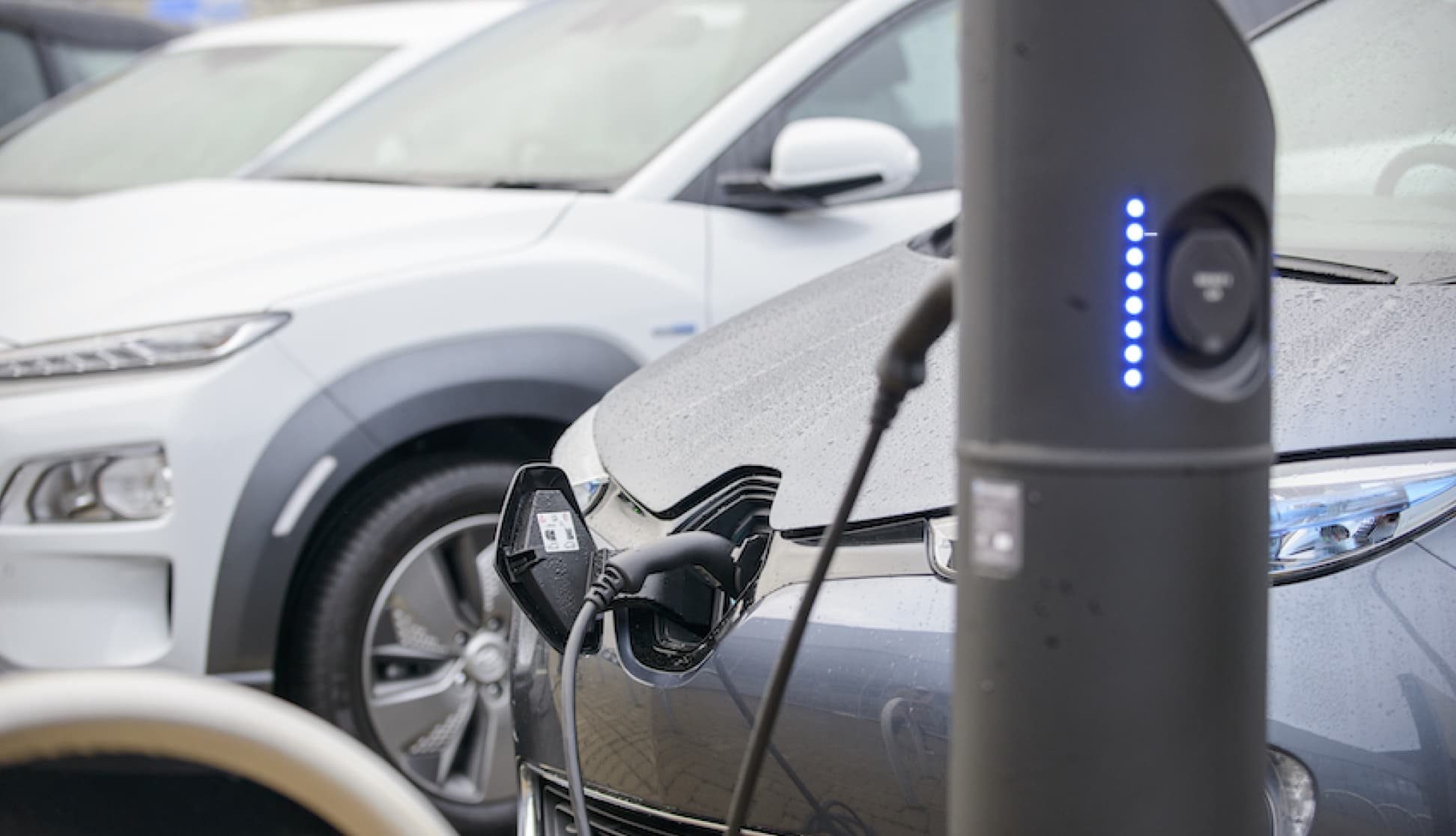As you’re probably already aware, the Met Office has issued yellow weather warnings with sleet, snow and gales affecting large parts of the UK, with ‘thundersnow’ expected to hit northern parts of the country.
Snow together with severe winds from the North Pole are already bring gales of up to 55mph, and this could cause blizzard conditions.
According to RAC spokesperson Rod Dennis, ‘even a small amount of snowfall has the potential to cause major disruption for motorists.’
So with the bad weather in mind, we’ve put together some simple driving tips to help you and your drivers keep safe in winter.
Be prepared for snow and ice
- Make sure you have plenty of fuel. As well as keeping you going if the journey takes longer than expected, a full tank makes the vehicle heavier and gives it more traction - useful if there’s snow on the ground.
- Don’t be caught out without winter essentials, including: a spade, blankets and warm clothing, food and water, de-icer, emergency breakdown details and emergency jump leads.
- Clear all snow and ice from your windows and roof and top up your screen wash to make sure your view of the road is never obstructed. Don’t use hot water on the windscreen to defrost it, as it could crack – instead use de-icer.
- Always check your tyres. During winter, tyre tread can have a more significant impact on stopping distances. Tyre tread should be no less than 3mm.
- Allow extra time for delays. Even the shortest journeys can take significantly longer in bad weather conditions.
Driving tips
- Think braking distances. These will vary depending on the road conditions. Braking distances are at least double on wet roads (normally 23 metres when travelling at 30mph). In snow or icy conditions, they go up to 230 metres – that’s ten times greater.
- Drive slowly in as high a gear as possible. Brake very gently, using lower gears to slow the vehicle.
- Reduce speed on bend or turns, always steering gently and avoiding any sudden actions which could cause you to lose control of the vehicle.
- When you drive on ice, steering may feel unresponsive or light and will make little noise. If you do skid, remove your foot from the accelerator to let the car slow down. Steer in the direction you want the car to go.
Driving in high winds
- Vehicles are most vulnerable to gusts of wind when driving on open stretches of road, so it’s a good idea to choose routes with less exposure to crosswinds, if you can.
- Reduce your speed. You are more affected by gusts of wind when driving at higher speeds.
- We all know that large, high-sided vehicles and high winds don’t mix. However, remember that other motorists can be hit by sudden gusts of wind created by these vehicles.
- Cyclists and motorcyclists are most affected in these conditions. Allow them more room than usual when you’re passing.
- Strong winds are not always consistent and can happen at any time. To stop the wind catching you off guard, hold the steering wheel firmly and be extra vigilant.
- Try to park your vehicle in a safe place, away from trees and other objects, which could be damaged by the winds and result in debris.



